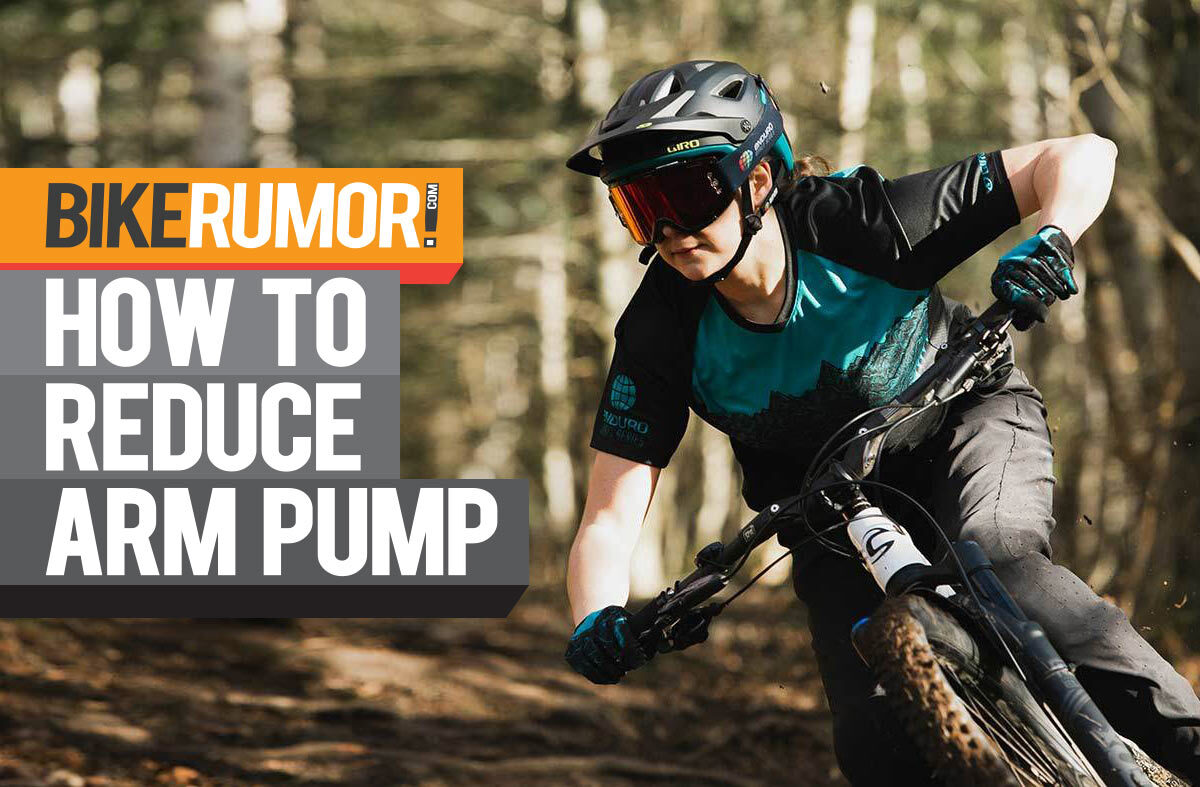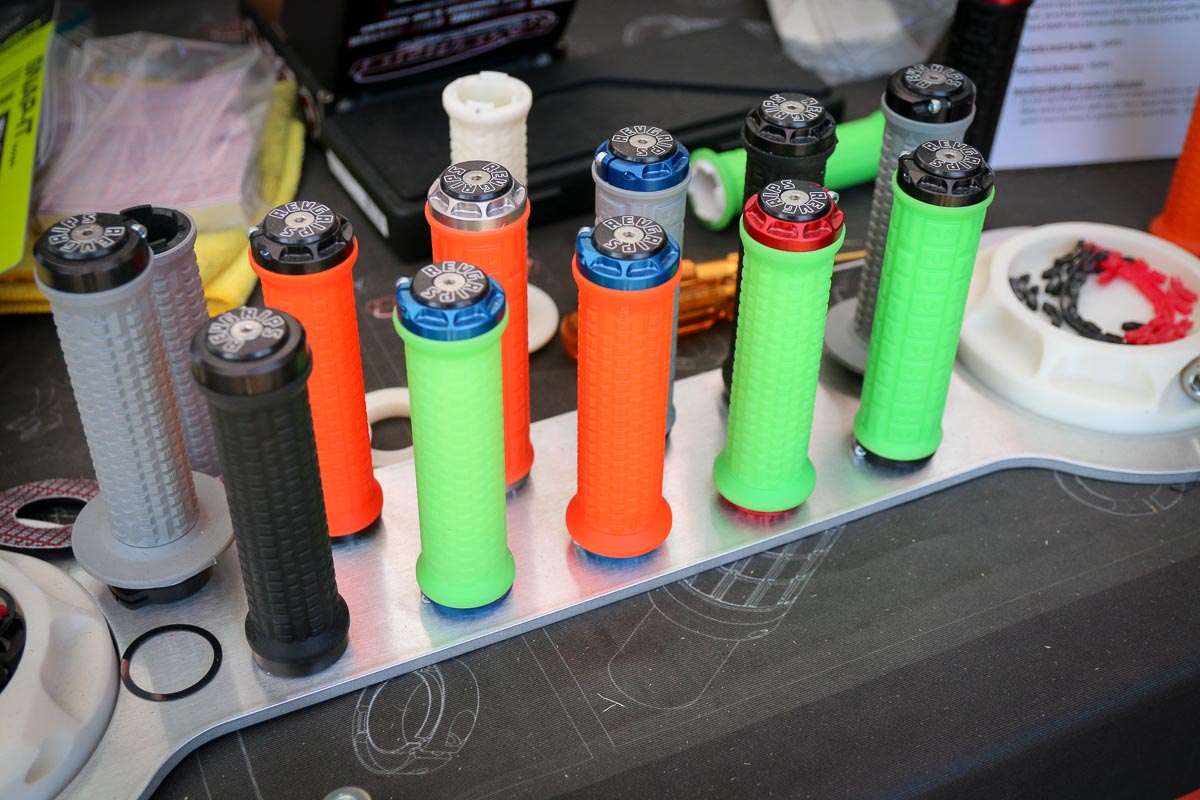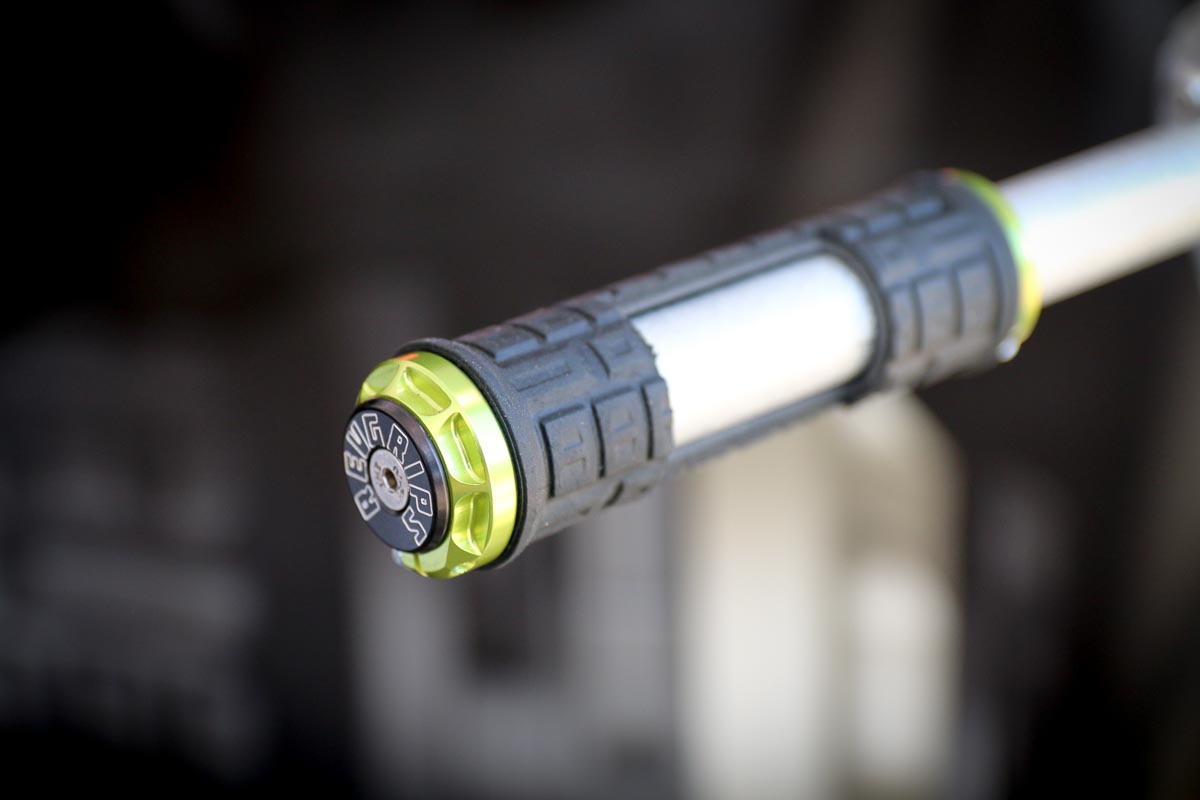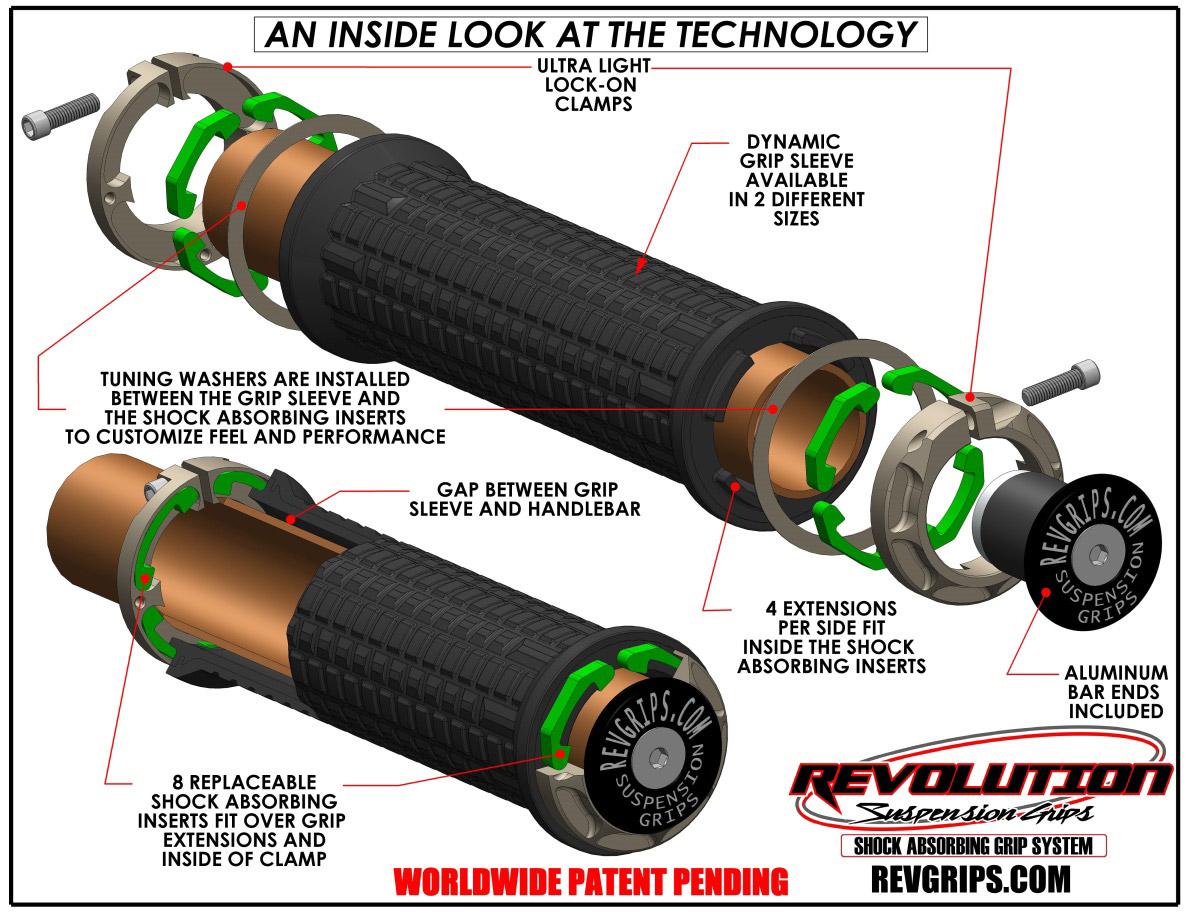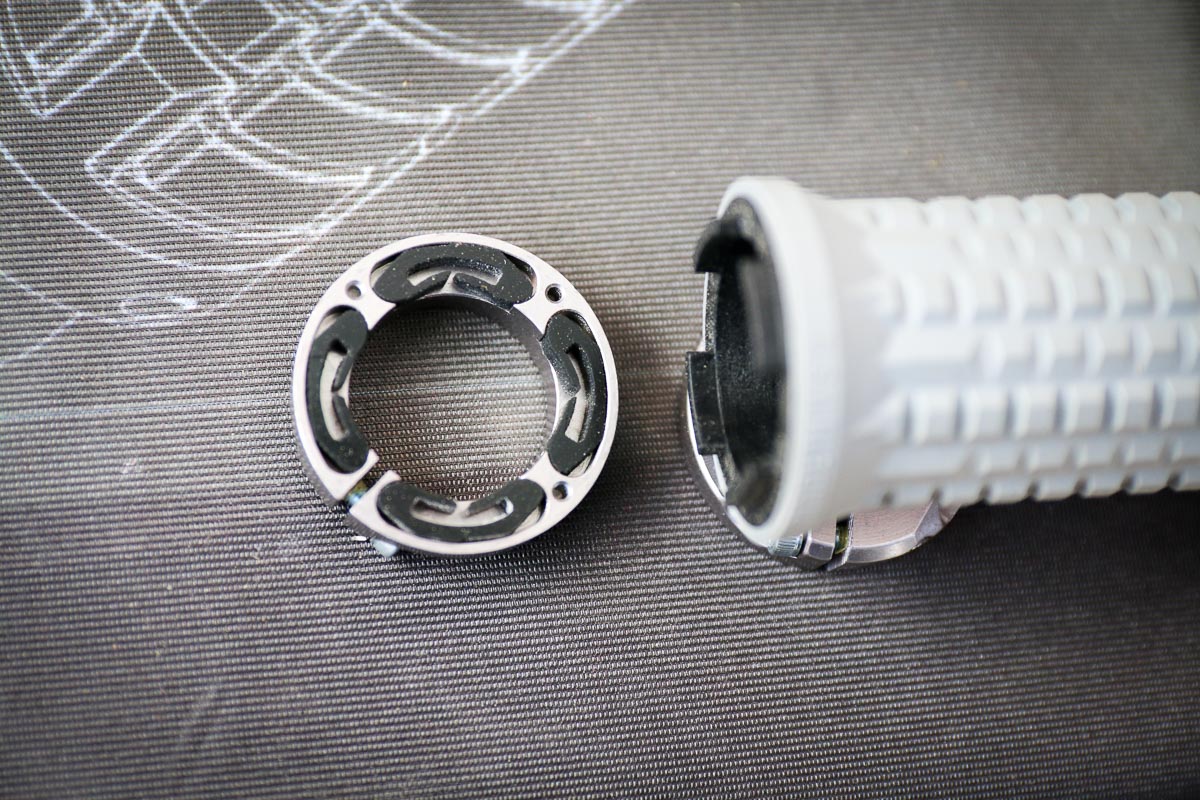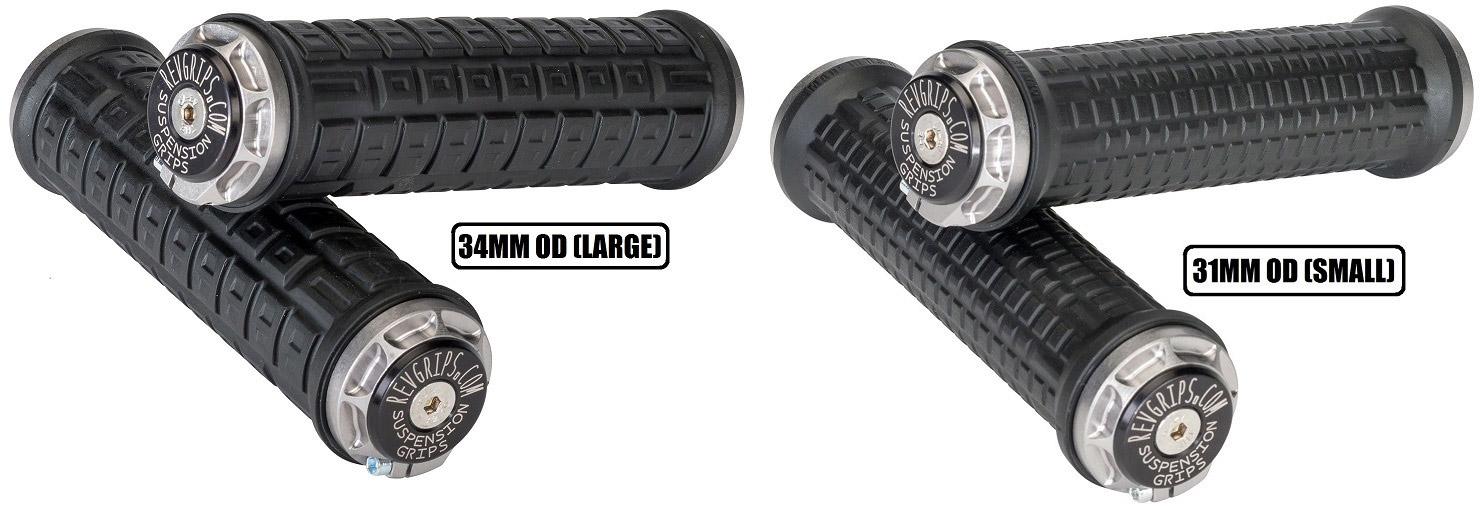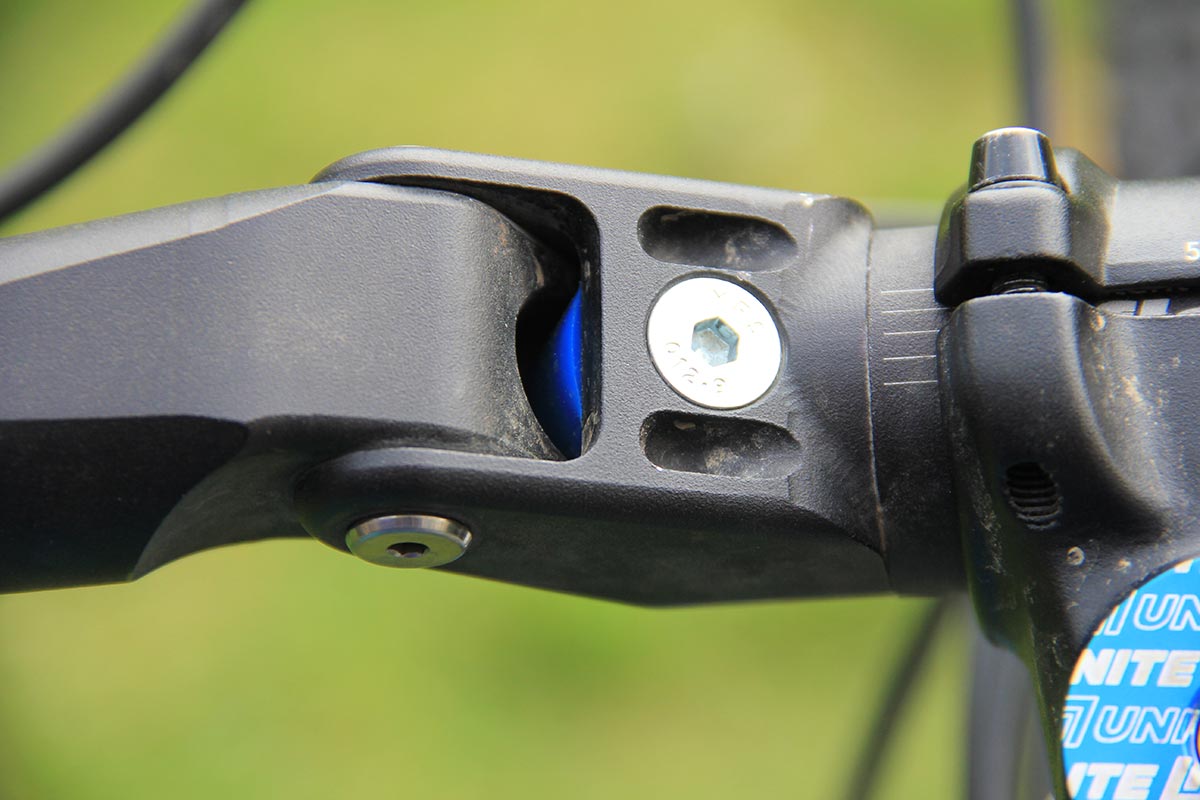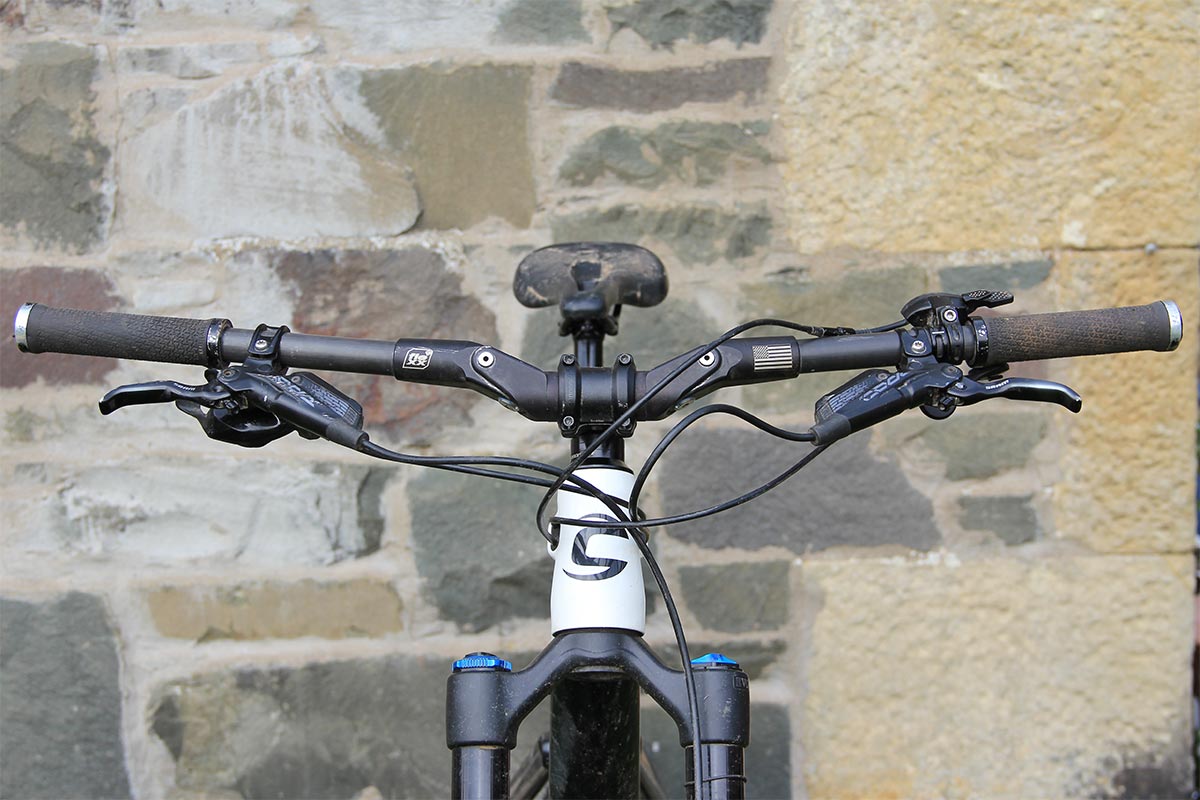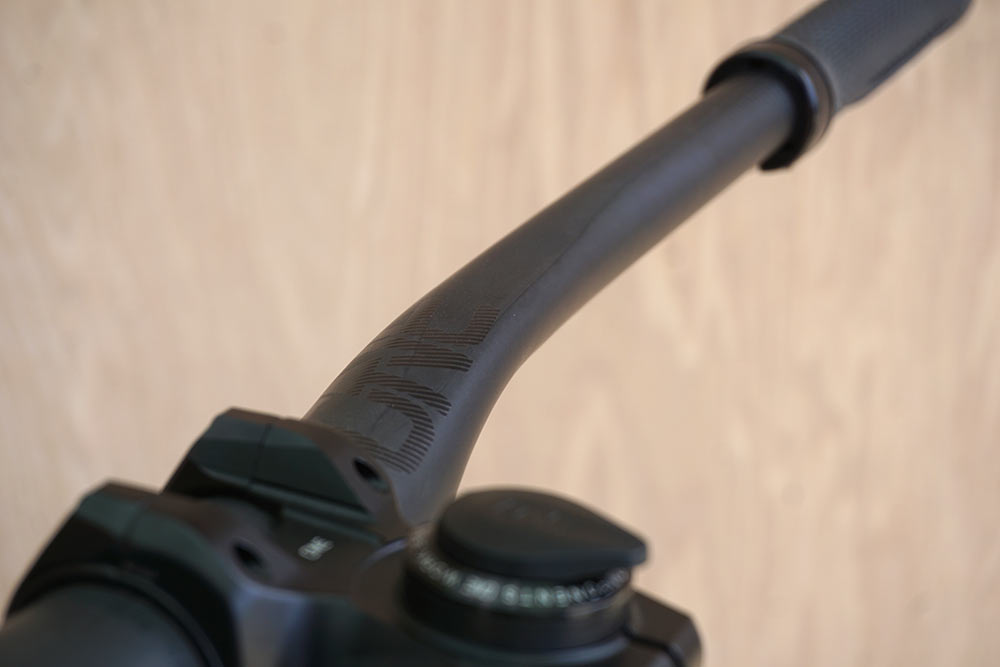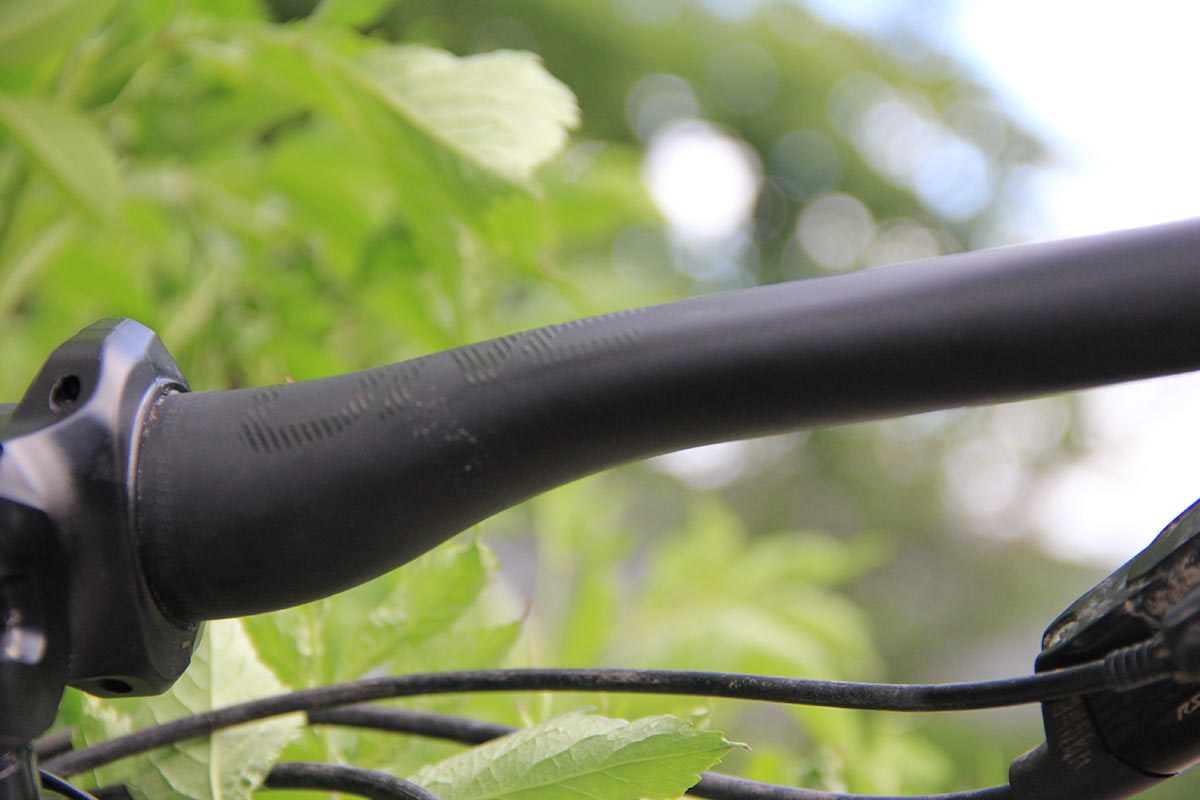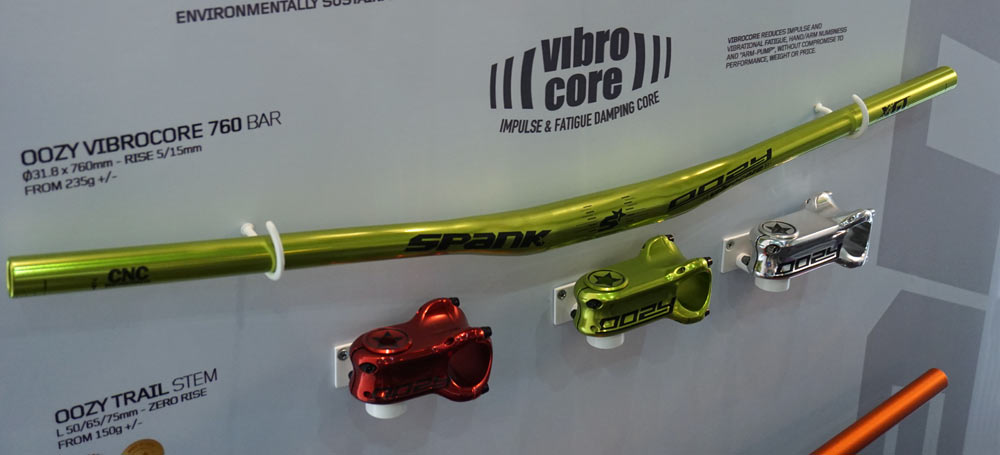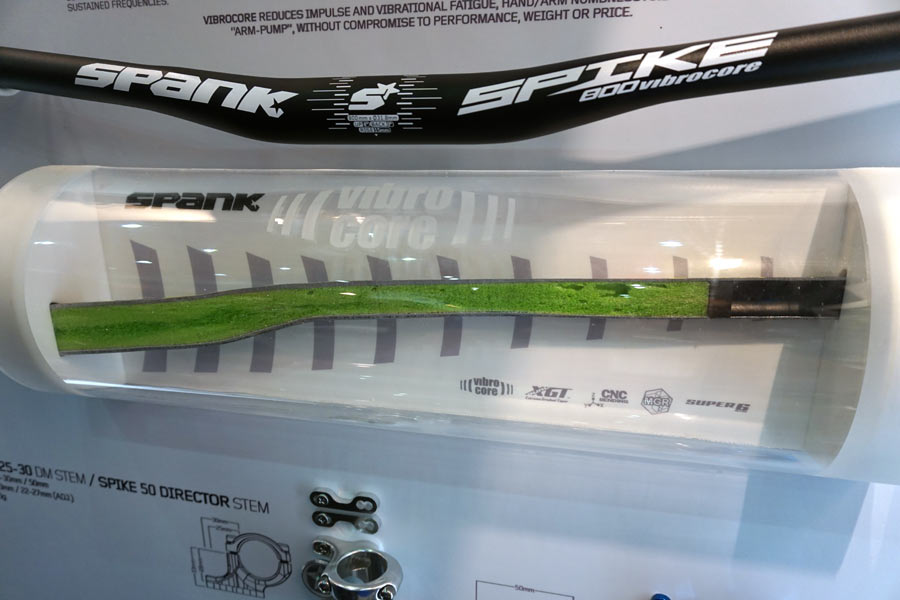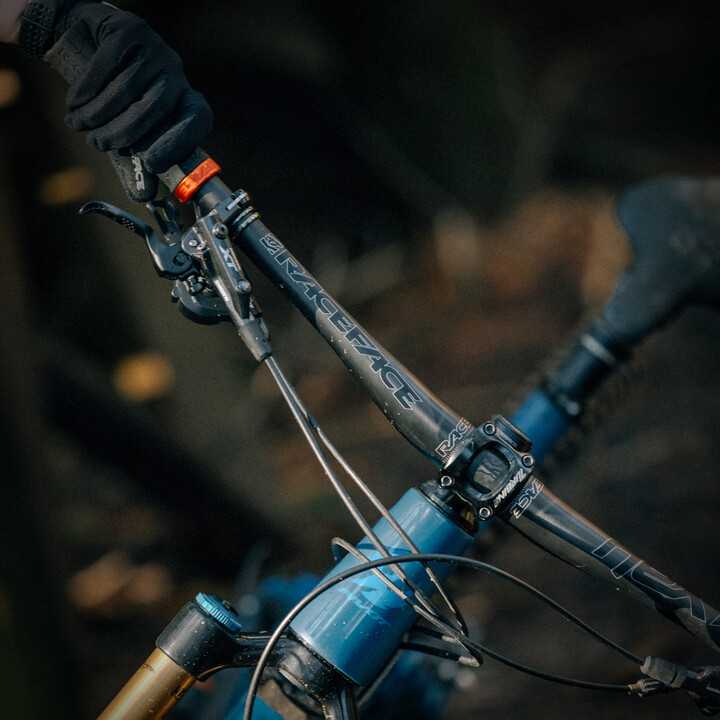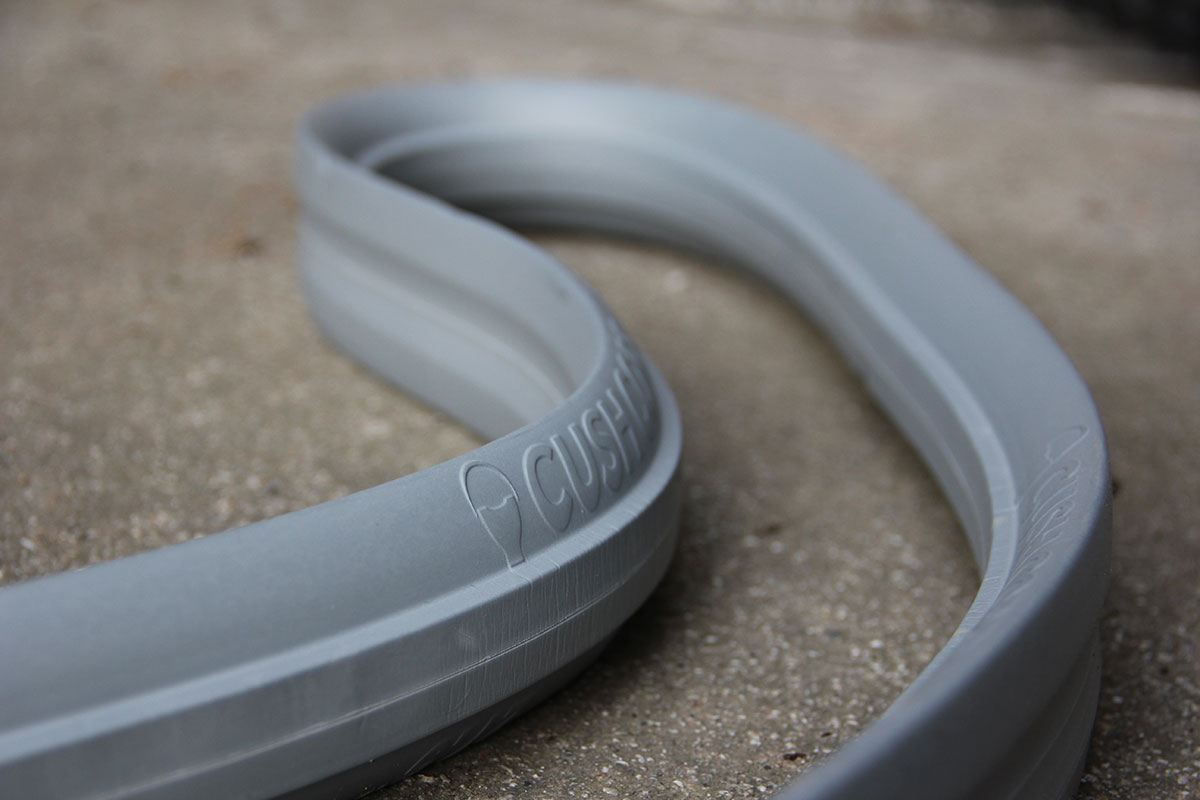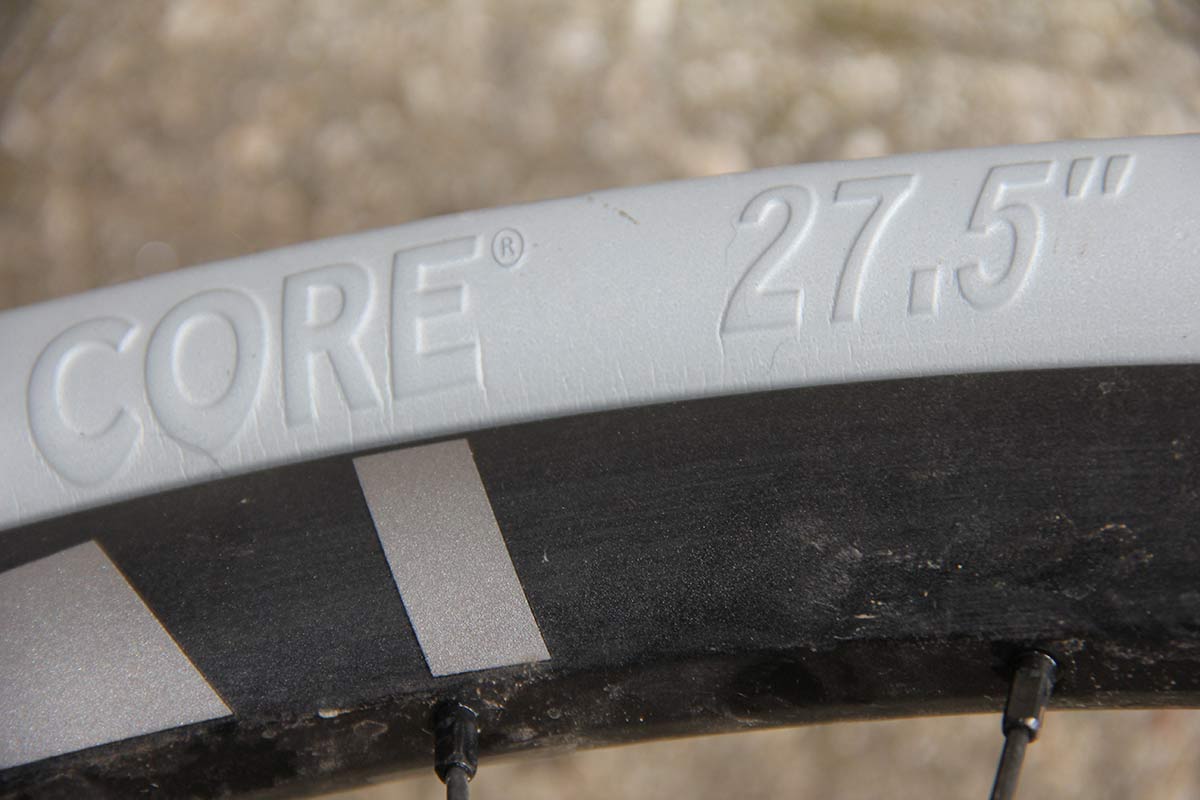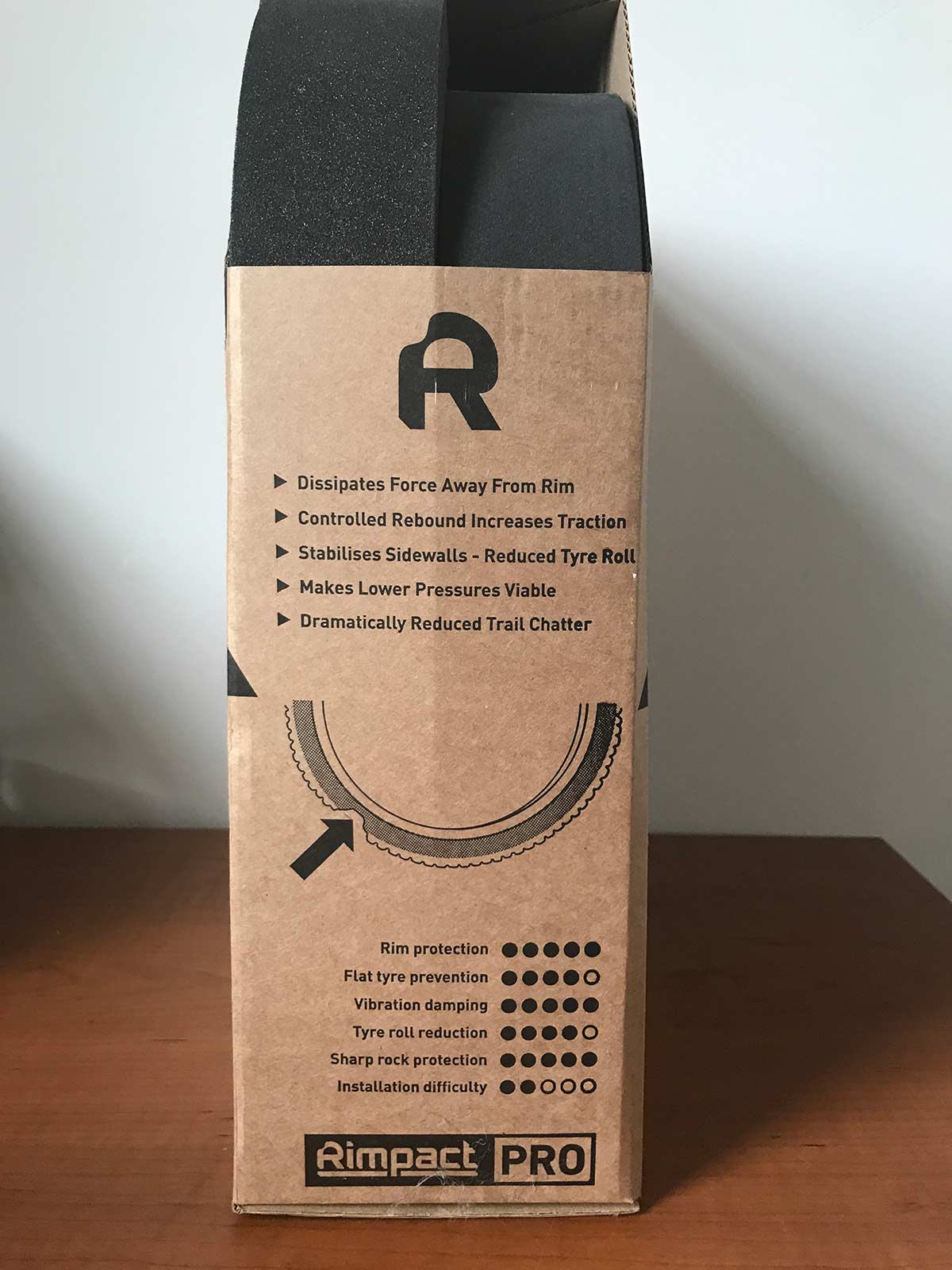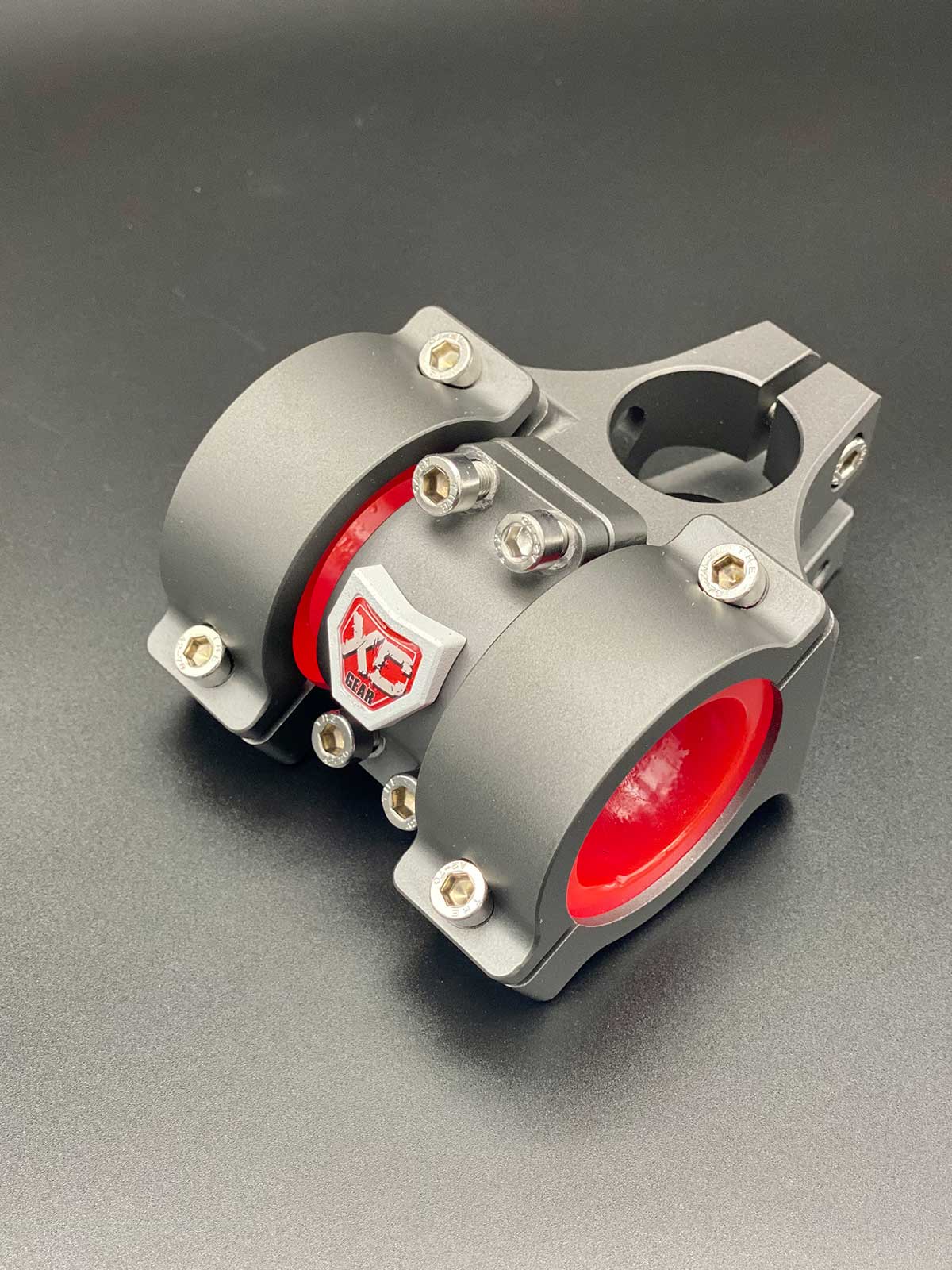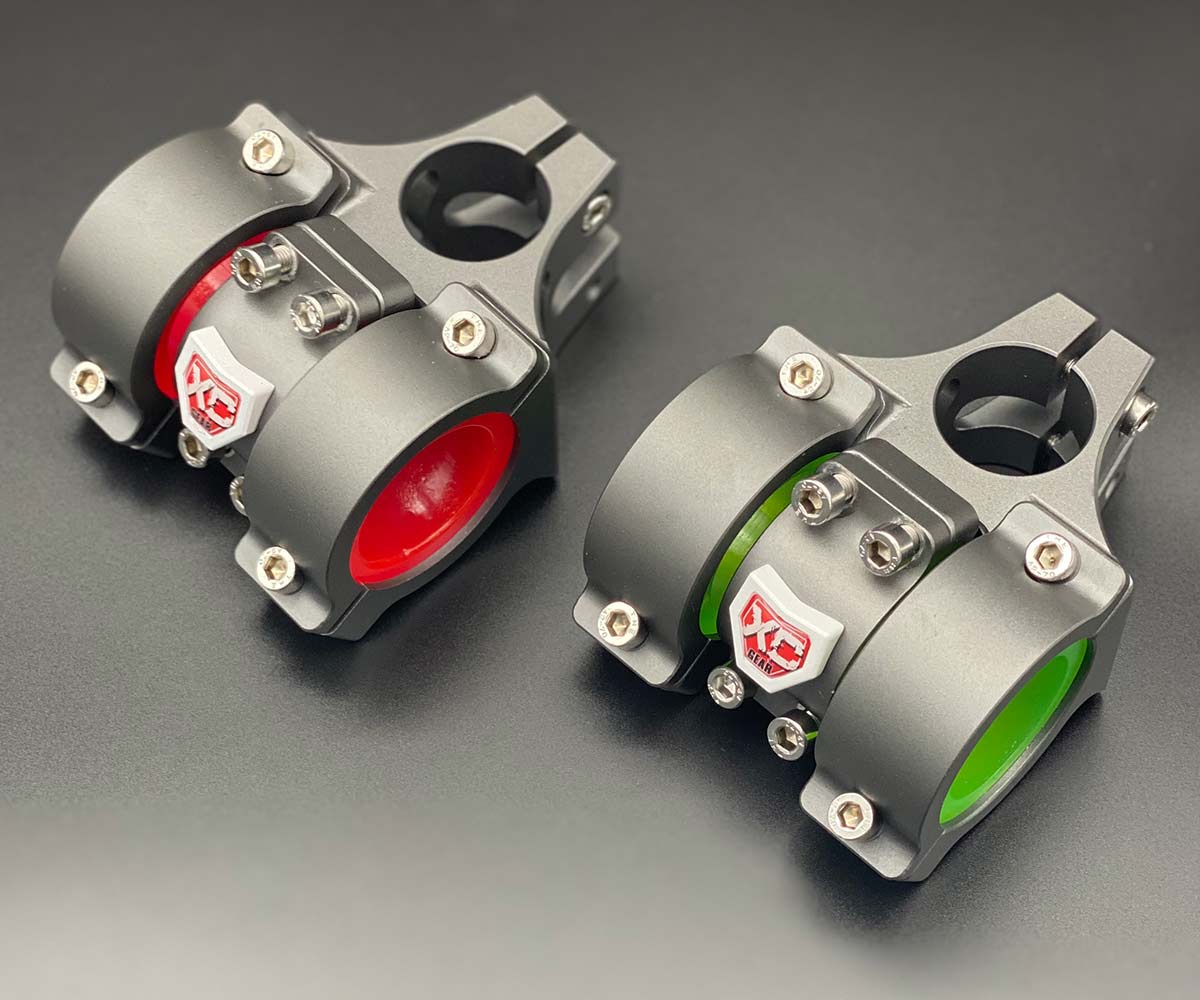Welcome back to Bikerumor’s offensive on every mountain biker’s worst enemy; the dreaded arm pump. Last week we covered what arm pump actually is, and detailed simple, inexpensive yet very effective ways of reducing arm pump by getting your brake setup dialed.
We hope you guys have been experimenting with lever angle, reach and bite point, or considered up-sizing your rotors for more powerful, effective braking. Brake setup may well seem unrelated to arm pump but trust me – get this right, and you’ll be well on your way to reducing arm pump, and going faster for longer as a result. Winner.
Feature Image by Innes Graham – Enduro World Series
MTB Arm Pump: Throw money at the problem
This week, we’re solving the problem with your hard earned cash. Here is a list of nine components that claim to be able to reduce your arm pump, reduce rider fatigue, or at least offer some degree of vibration damping.
How are vibrations and arm pump related? We spoke to Dr Lewis Kirkwood, a Sports Scientist who spent 4 years studying the topic. He can also bike a bike rather well, so knows what he’s talking about. If you want to geek out on that, check out the interview.
Some of the below mentioned products are a lot more expensive than others. That said, all are worth considering if it means riding pain free!
RevGrips
Claim: Reduced Arm Pump
Rev Grips describe their product as suspension grips for mountain biking. Others have contested that description, describing it more as “active damping” or “energy absorbing”. We’ll try not to get too hung up on the billing but either way, Rev Grips claim to reduce arm pump.
The premise of the grips is that the grip sleeve (the bit you hold onto) is actually suspended away from the surface of the bar. It’s the dead space between the underside of the grip sleeve and the bar that is said to isolate vibrations from the bar, preventing them from reaching the rider’s hands.
The sleeve is suspended from the outboard and inboard end of the grip by adjustable shock-absorbing inserts.
Rev Grips claim their suspension grips offer improved control for riders as they make it easier for you to hold onto the bar. Bikerumor’s Zach confirmed this with his review of the grips.
“What struck me most about the grips is how much they encourage a light touch to the bars. This in turn reduces hand fatigue when you’re riding the Rev Grips, but it seems to translate to other grips as well.”
“After riding them for some time, I found myself riding lighter on other grips and having less hand fatigue across the board. For that reason, I like them a lot and even though I’m not currently riding them on any of my bikes, I feel like I’m still reaping the benefits.” – Zach Overholt.
Rev Grips are offered at two price points. The more budget-friendly “Race Series” Grip System. It’s the heavier “bare bones” of the shock absorbing system, offered with medium-soft elastomers for $59.95. Four options are available; a 31mm, a 31mm half-waffle, a 32.5mm and a 34mm outside diameter option.
The top-end no compromise Pro Level Rev Grips are fully adjustable from ultra soft to ultra firm. They come complete with aluminum bar ends, tuning kit, assembly tools, lightened clamps and your choice of colored grips and clamps. These will set you back $89.95.
Fasst Co Flexx Enduro and DH Bars
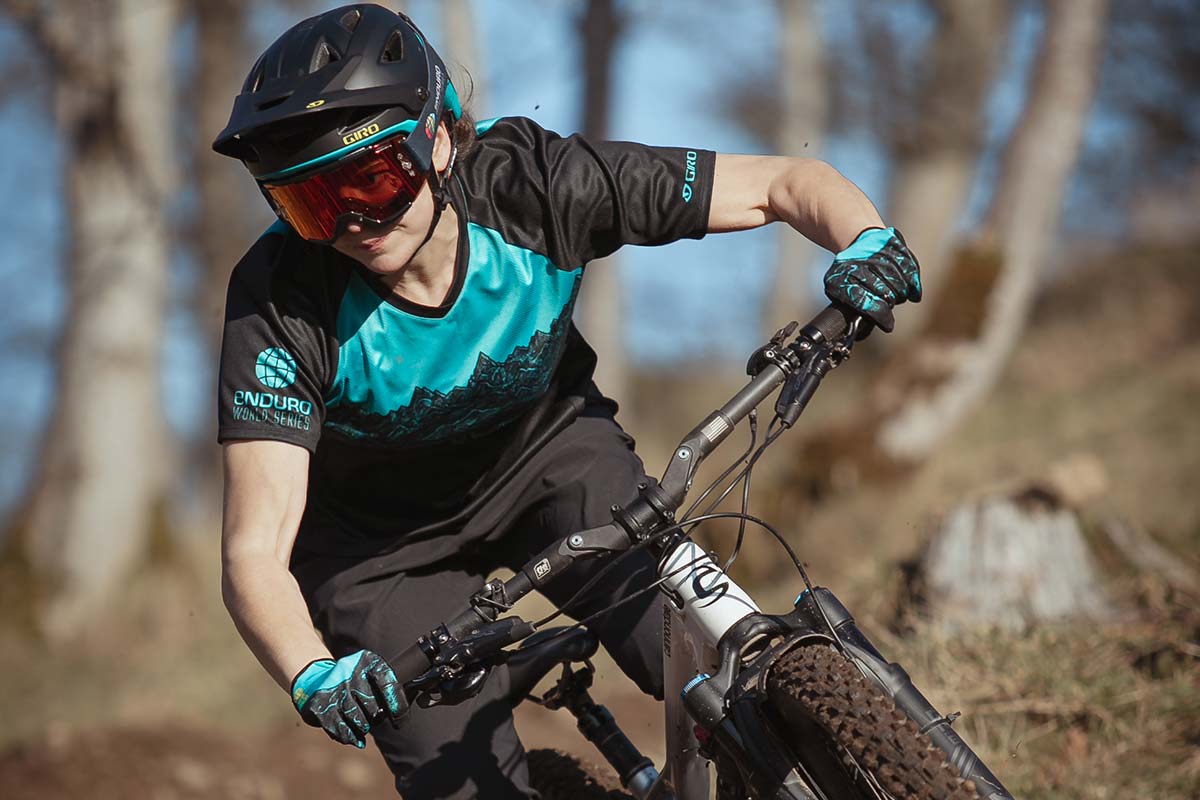
Claim: Reduced Arm Pump
Here’s another arm pump reducing product we’ve tested; Fasst Company’s Flexx Enduro Bar. And, we can happily say that it works! But, it certainly wasn’t without its complications… check out our long term review here.
The Flexx MTB handlebar is an evolution of Fasst Co’s motocross bars, themselves developed to reduce arm pump for the motocross rider. The concept is quite simple. As with Rev Grips, Fasst use elastomer technology inside a pivot for each side of the bar. Thus, the bar offers some suspension travel, the length of which is dependent on what width you cut the bar to.
Each pivot houses one compression elastomer and one rebound elastomer. Both are tuneable, with soft, medium, hard and firm options available.
We noticed some handling issues when we used the soft and medium elastomers, so settled on the hard elastomers. With these, handling wasn’t compromised but we still noticed greatly reduced arm pump, and in general, a far more comfortable ride feel from the bar.
The Fasst Flexx Enduro Bar isn’t cheap at $424.99. It certainly isn’t light either, weighing in at 450 g. That said, a cheaper aluminium version has arrived with a $324.99 price tag. Fasst offer the Flexx Enduro Bar in two versions; an 8° backsweep and a 12° backsweep. 820mm wide DH and E-Bike versions are also available.
OneUp Components Ovalised Carbon Bar
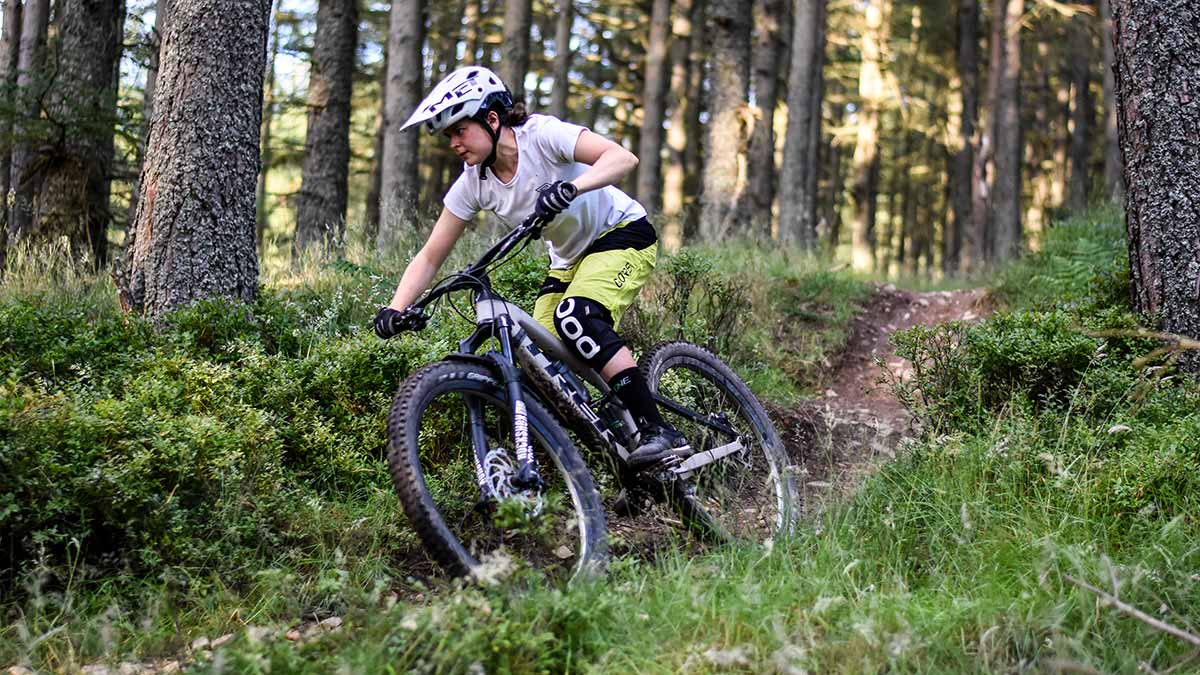
Claim: Reduced Arm Pump
Next up is another handlebar, this one way more affordable, and lighter. The OneUp Components ovalised carbon bar is another product that claims it can reduce arm pump.
Its vibration damping properties come from its ability to flex. The design is much simpler, and arguably more refined than the Fasst Co’s offering, but you can’t tune the flex in any way.
The 220g carbon bar is ovalised between the stem clamp region and the control mount region. It’s the oval shape here that allows the bar to flex in one direction (toward the ground) but remain super stiff laterally for steering precision.
We tested this bar and got on super well with it. It offered a nice, compliant ride feel and some reduction in arm pump, as compared to our previous 31.8mm clamp aluminium bar. Check out the review here.
Spank Vibrocore Bars
Claim: Reduced Arm Pump
Spank Industries take a very different approach to handlebar comfort. Instead of going down the route of introducing flex for vibration damping, Spank opt to keep their handlebars stiff in all directions. Instead, they fill the cavity of the bar with a proprietary vibration damping foam.
The idea is to prevent the resonant frequency of most alloy bars from vibrating in the common 12-25Hz range that leads to arm pump, and eventually causes more serious muscle & connective tissue damage with continued exposure. So, Vibrocore shifts the vibration to a higher, less damaging frequency range that results in less fatigue.
We haven’t had the pleasure of trying this technology yet. Try the World Cup proven Spike 800 DH bar for $99.99.
RaceFace NEXT SL Carbon Bar
Claim: Reduced Arm Fatigue
Race Face haven recently introduced the NEXT SL carbon bar aimed at XC racers. As such, it is 740mm wide with a 35mm diameter clamp area. It’s carbon and it actually flexes. The concept is much the same as wee for the OneUp Oval Bar, but RaceFace have used an asymmetric layup of carbon to achieve flex in the downward plane but stiffness in the fore-aft plane.
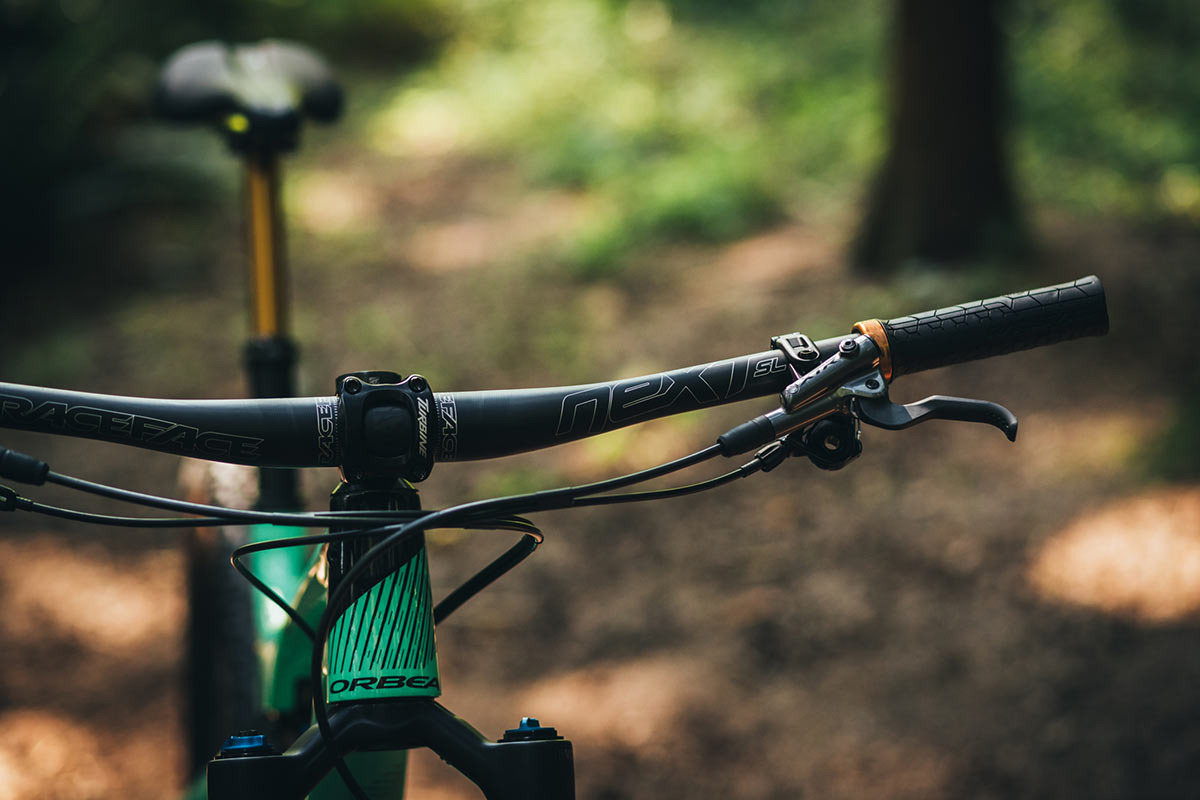
The NEXT SL takes a less aggresive and lighter weight approach to reducing arm fatigue than the other handlebars we discuss here. While it may not make much of a difference to 180mm enduro bike setups, Race Face do say it should deliver more noticeable benefits to XC racers who run shorter, firmer suspension setups.
CushCore Pro Tire Inserts
Claim: Reduced Rider Fatigue
Here’s another product we’ve put to the test; the CushCore Pro Tire Inserts. These will add around 257g to each 27.5″ wheel, and set you back $149.99 for the pair. Is the weight penalty and cash worth it? Every single day of the week.
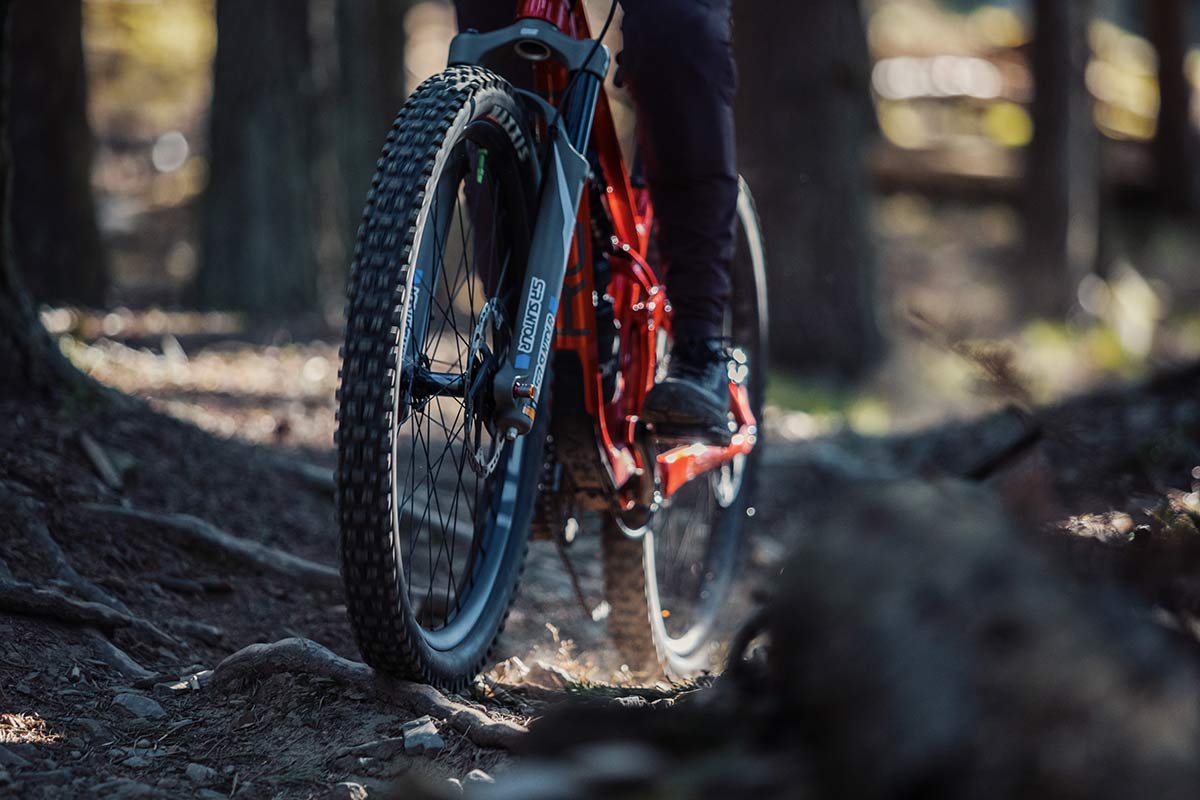
But, they’re just for puncture protection! Wrong. These CushCore Pro Tire Inserts are that and a whole lot more. The tight-fitting high density closed-cell foam liner allows you to run reduced tire pressures for improved grip and comfort, without sacrificing side wall stability. There is a limit to that, of course. This will depend on how heavy you are and how fast the tracks are that you’re riding. But, on my soft, wet, slow-speed home trails in Scotland, I’ve been able to reduce my tire pressures from 18-20 PSI down to just 12 PSI (front and rear).
It is likely that ability to run ridiculously low pressures without fear of pinch punctures that makes a CushCore Pro wielding bike so comfortable to ride. However, the foam itself is actually designed to absorb vibrations. Here are the claims from CushCore:
- Improves suspension performance by 16%
- Reduces impact force from big hits by 50%
- Improves sidewall stability by 35%
- CushCore provides a 12% smoother ride
- Reduces rolling resistance by 3%
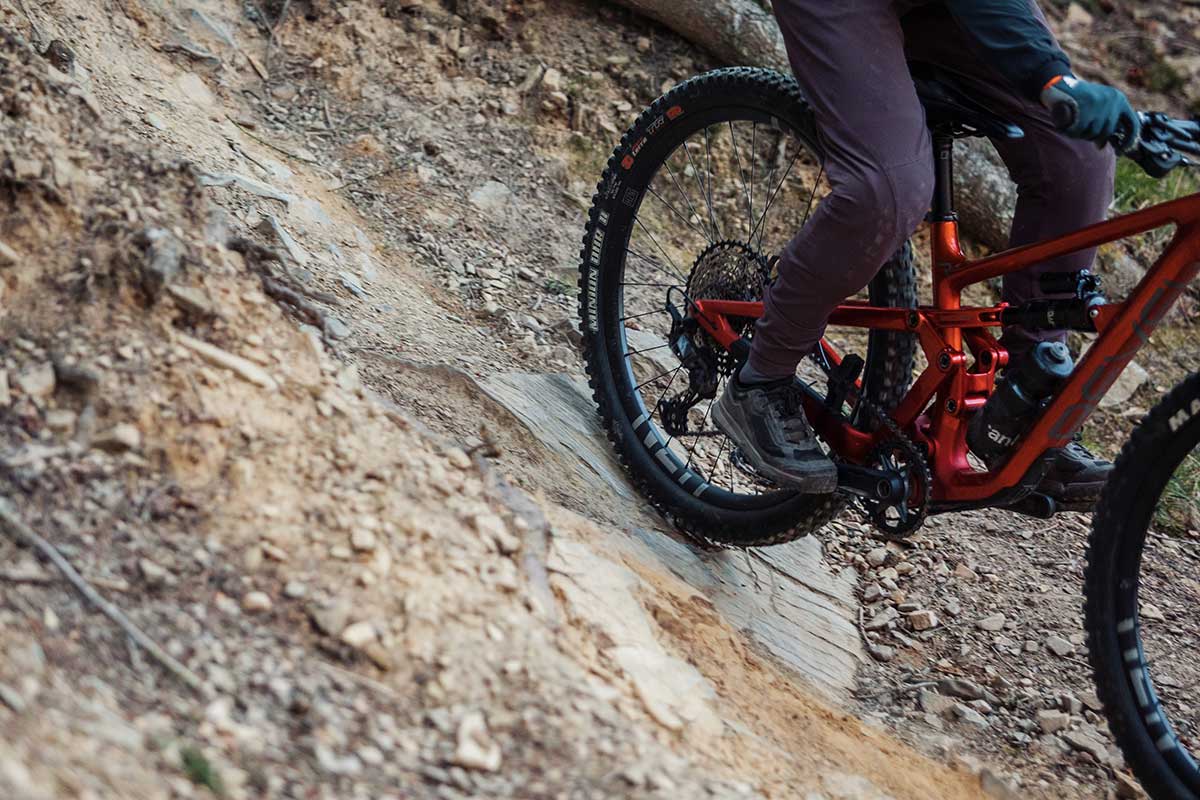
Not only did the CushCore Pro tire inserts reduce my arm pump and overall fatigue, they also improved my handling of the bike therefore. They also allowed me to run a firmer suspension setup on the DH tracks at Llangollen (One Giant Leap) that translated to a faster rolling bike, without feeling beaten up at the end of each run. Complete review on the way.
Rimpact PRO Tire Inserts
Here’s another set of mountain bike tire inserts that claim vibration damping qualities. We’ve tested these too, but not to their absolute limit as we did with the CushCore Pro. I got the Rimpact Pros for one reason and one reason only. I was racing the EWS in Zermatt, Switzerland, terrain that is much faster and rockier than what I’m accustomed to riding.

I wanted to be able to run my usual tire pressures (18-20 PSI) for ride feel consistency, without worrying about pinch punctures. I’m happy to say they were very much up to the task. However, this being my very first foray into the world of MTB tire inserts, I was pleasantly surprised to find they had other benefits.
These inserts were the single best upgrade I made to my bike all season long. My favorite thing about the Rimpact PRO tire inserts is the vibration damping. Running an insert, especially in the front tire, smooths out trail chatter far more than I was expecting it to. The result? Less fatigue on long descents which translates to riding faster for longer.
Hammerhead 360 Stem
Claim: Vibration Damping
Last on our list today is the Hammerhead 360 Vibration Damping Stem from XC Gear. This is another technology that has come from motorbikes, evolving from the MAKO 360 vibration damping bar mount for motocross. It also makes use of elastomers that sit at the stem-handlebar interface.
The brand claim that the elimination of any metal-to-metal contact between the handlebars and the rest of the bike results in greatly reduced vibrations transferred to the rider’s hands. They say it reduces the stress on your wrists, hands and arms when you hit bumps. Less stress equates to less fatigue which, in theory, equates to riding faster for longer. What’s not to love?
We’ve not put this to the test yet. Pick up the 45mm reach, 31.8mm clamp stem for $399.99 to try it for yourself.
Next time on “How to Reduce Arm Pump”, we’re tackling the problem on the cheap(ish), again. We’ll take a look at how you can optimize your cockpit setup with the correct bar dimensions, materials and grips to best suit your anatomy.
